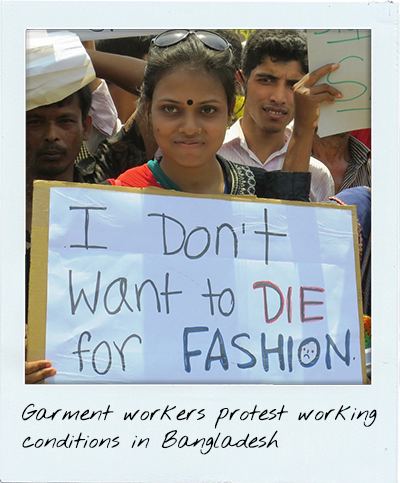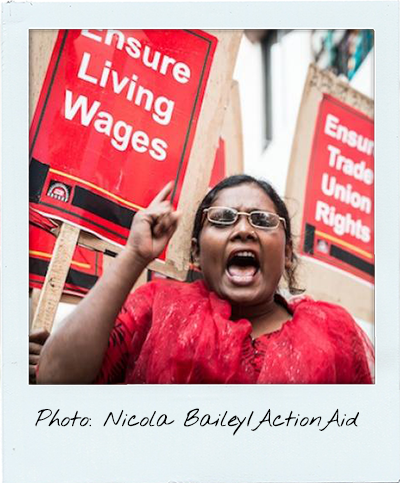UNRAVELED
the story of our clothes

Fashion is America's favorite pastime.
In the United States alone, fashion is a $250 billion industry. Globally, it well exceeds $1.2 trillion. How we buy and change clothes has shifted dramatically in the last few decades. Instead of the traditional 2 fashion season per year, industry marketers have grown that into 52 different "micro-seasons". 52 fashion seasons may sound excessive, but when planned obsolescence and percieved obsolescence tactics are employed effectively, buyers hardly bat an eyelash. This phenomenon is known as fast fashion, and it's killing more than just your bank account.
In order for brands to make this model work and increase profits, they must drive the down the bottom line. Cutting production costs means better margins, more money, and greater price point flexibility to entice buyers. "Production costs", however, is a term that really represents the working environments, econoomic conditions, and livelihood of the people making the clothes. Today, over 90% of America's clothing is made overseas in countries like China, Bangladesh, and India.
Your t-shirt costs more than your money. In order to stay up with trends and save money, society is allowing those working throughout the supply chain to pay with their livelihood.

Cotton
Over 80% of men's clothing and 60% of women's clothing use cotton as its primary material. Given the staggering amount of clothing sold per year, that also means a staggering amount of cotton must be produced. India, China, the United States, and Pakistan now produce over 95% of the world's cotton. Unfortunately, for countries without strong worker's rights laws, this isn't the boon one might think. Monsanto controls almost all of the cotton seed industry in India, which has displaced native cotton varieties and comes at astronomical prices. Since entering the country in 1998, cotton seed prices have risen over 80,000%. The combination of poor crop performance and severe debt has crippled cotton farms in these areas.
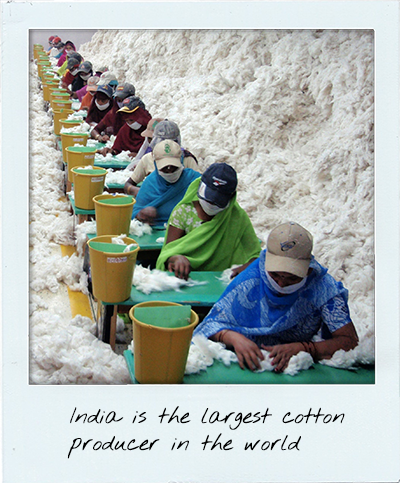


Textiles
From cotton to yarn to fabric, textiles are an important part of the clothing supply chain. Unfortunately, it's also one that comes with some of the highest health risks for workers. In order to provide the material at the prices demanded by the fashion industry, crucial aspects such as training, safety gear, equipment, or even protective policies are cut. This means greater exposure to toxic chemicals such as phthalates, nonylphenol ethoxylates, and azo dyes. Studies have linked exposure to hormone disruption, reproductive defects, and cancer. Without adequately built factories and safety protocols, most of these chemicals also find their way into the areas water supply.
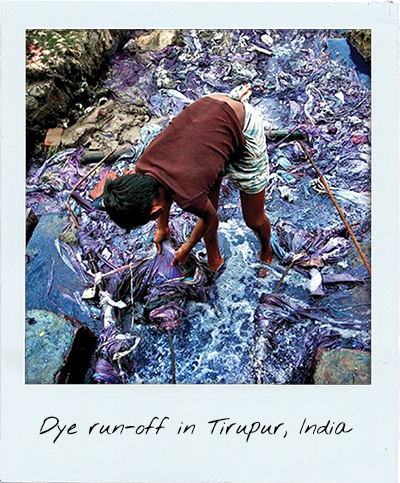
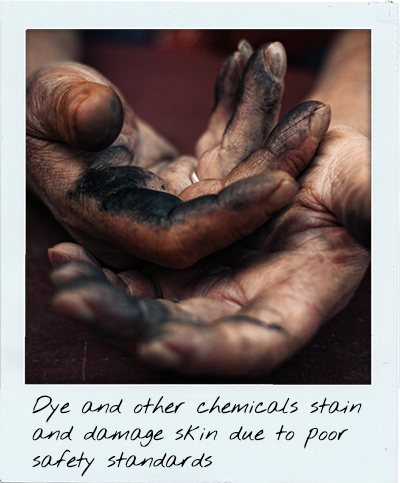

Assmebly
The vast majority of America's clothing comes from China, where about %37 is made, and Bangladesh, where about 10% is made. "Sweatshops" have seen their fair share of newsworthy screen time, though little is ever done about it. Despite public knowledge that Nike utilizes child labor, it still remains a $75 billion dollar company. Garment factory conditions are some of the worst, with workers being forced to work 15 hour shifts without breaks, in poorly ventilated buildings. Many factory owners will forgo building maintenance altogether to save money. Circumstances such as those have given rise to catastrophic fires and building collapses. The long hours and abysmal safety conditions are bad enough, but for it the average garment worker earns only $1.26 per hour in China. In Bangladesh, it's $0.24.
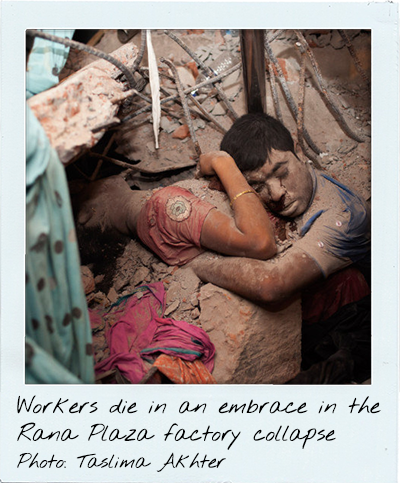
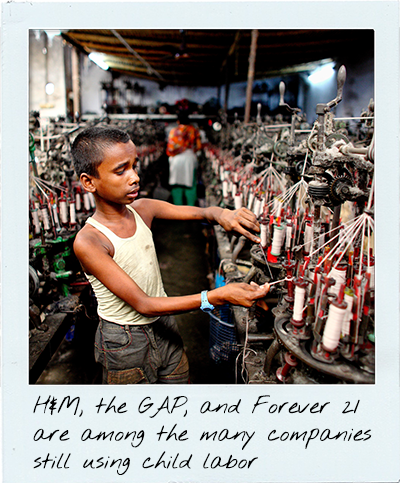

Landfills
It should come as no surprise that the story of our clothes doesn't have a happy ending, either. Even after the clothing arrives to consumers, there's still more damage to be done. Despite an uptick in thrifting trends, over 85% of used clothing ends up in the world's landfills. The problem with the United States, however, is that its largest export is garbage. Per year, over 20 million tons of garbage is sent to countries like China and India to become their problem. Landfills are also responsible for 18% of the world's methane gas emissions- a powerful gas that holds up to 25x more radiation than carbon dioxide. The polyester used in most clothing now is essentially plastic, and takes over 200 years to decompose. Fast fashion, slow decomposition, big environmental impact.

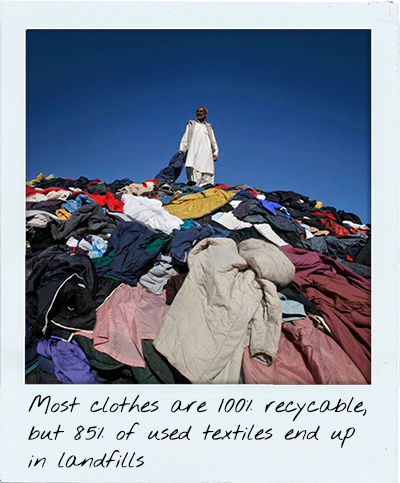

Supoprt Fair Trade
Hope is not lost. Technology and information has give workers in affected countries tools to begin to fight back. Protests, worker's rights groups, and businesses are working toward putting an end to the mistreatment of gamrent workers. Fashion is big though, and it's become a central part of many people's lives. Change won't happen over, and they can't do it alone. As long as we keep buying the clothes they die upon, their fight is made harder. Buy used clothes. Research companies that support fair trade practices and work to fix where the supply chain has failed and buy from them. Make businesses that source ethically and care about humanity your priority, and leave the heartless giants of the past behind.
